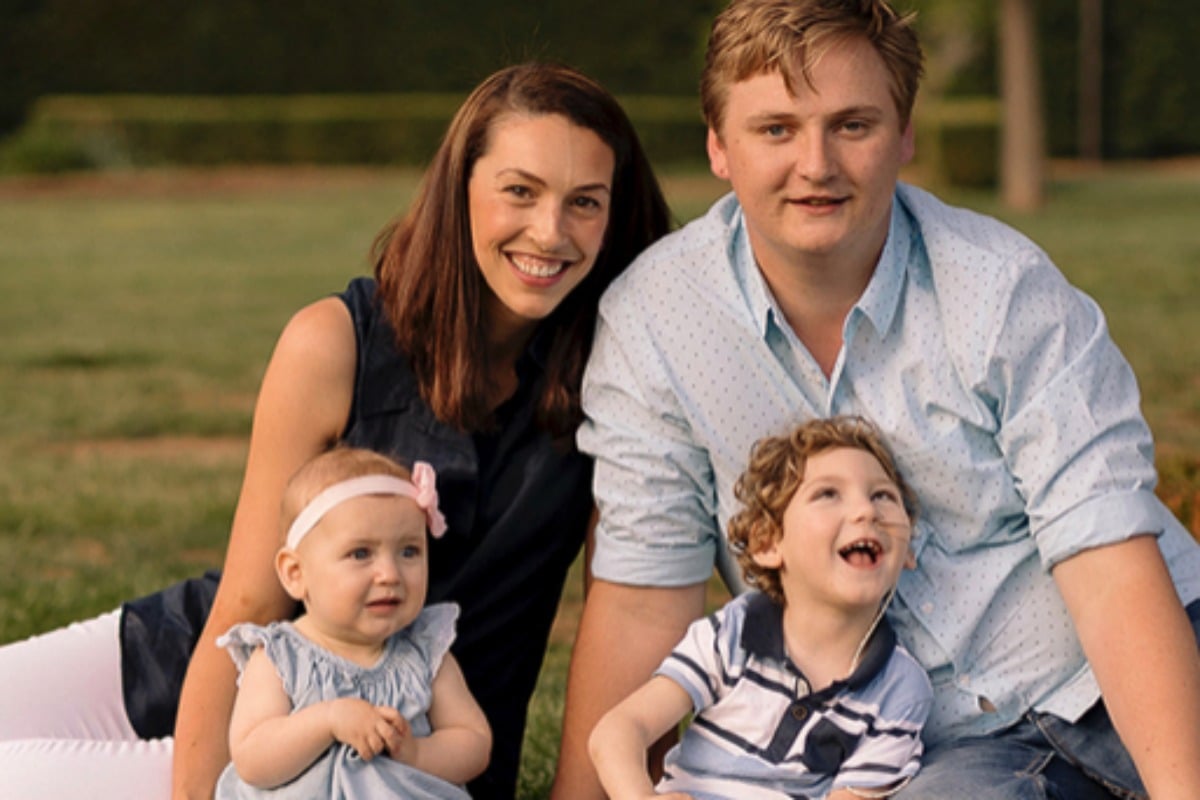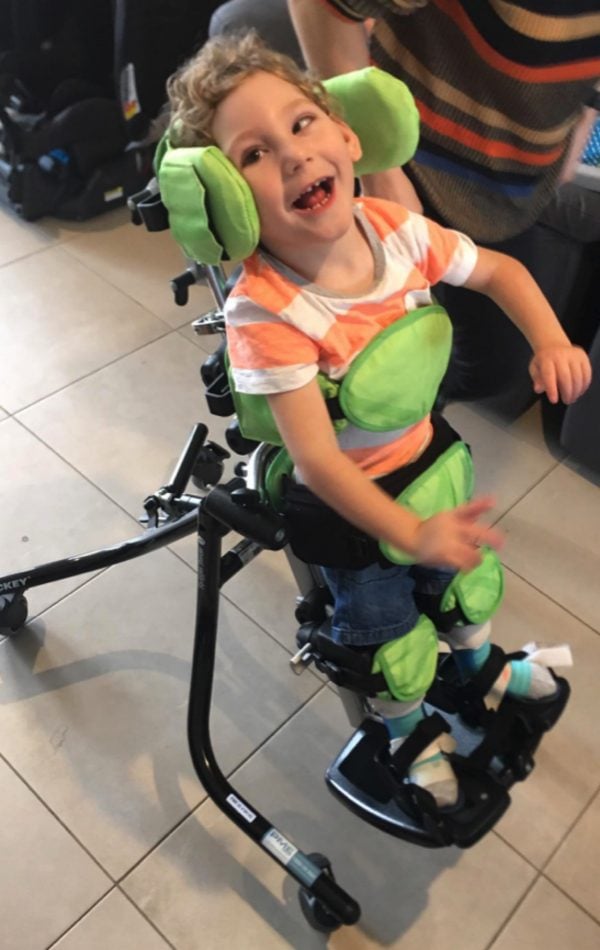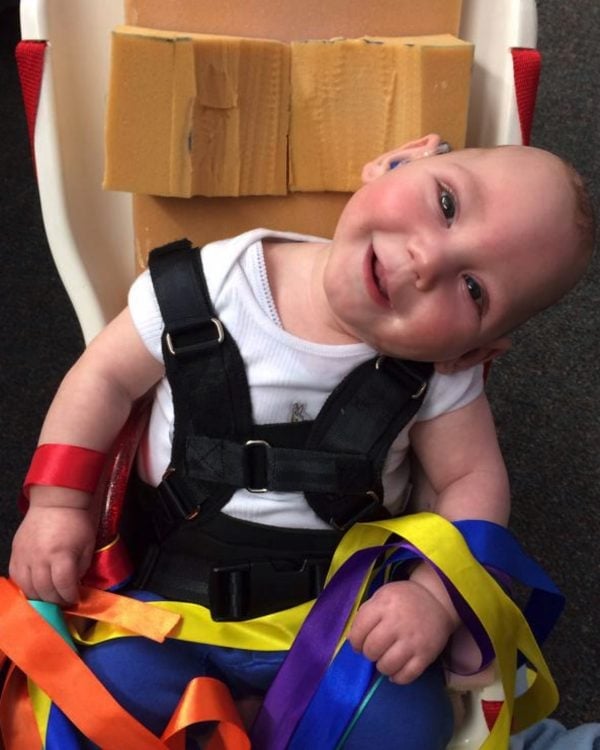
It started at a routine check at 26 weeks.
After our baby was measured small, we were sent up to the hospital for monitoring. Two weeks later, follow up scans picked up an abnormality in our baby’s brain.
It took scans, tests, screens and an MRI for us to find ourselves waiting in the family medicine unit. When we were called in to see the doctor, we were told our baby had Neuronal Migration Disorder. His brain hadn’t developed properly. The phrases ‘not compatible with life’ and ‘termination’ were used. At 31 weeks, this was not something we could comprehend, process or reconcile.
Over the next few weeks, the tests, scans and screens painted a bleak picture, so when I went into labour at 37 weeks, we were heading to the hospital to say our first hello and our final goodbye to our precious baby boy.
At 2:30pm on Friday, 28 March 2014, Christopher Phillip was born. The next three weeks were a whirlwind of intense treatments, scans, screens, tests, monitoring and observation as the medical world tried to understand our beautiful baby. On day two we were given the overarching diagnosis of Congenital Cytomegalovirus, or CMV.
Much to everyone’s surprise, most of all ours, after only 19 days in the neonatal intensive care unit, we were able to take our boy home.
Over the next 12-18 months, amidst a myriad of appointments, assessments, consultations and meetings, Christopher was given the following diagnoses:
- Microcephaly
- Severe Global Developmental Delays
- Cerebral Palsy
- Epilepsy
- Cortical Vision Impairment
- Unilateral Hearing Loss
- Residual Constipation
- Hip Dysplasia
He is PEG tube fed, receives regular Botox treatments and is on medications to manage and control his tone, pain and seizures. He has had his hips relocated and has just recovered from his latest surgery to help us regulate his bowel movements to ensure he stays comfortable. He attends a specialist school and weekly therapy. He is non-verbal and non-mobile and relies on us for absolutely everything.






























































































